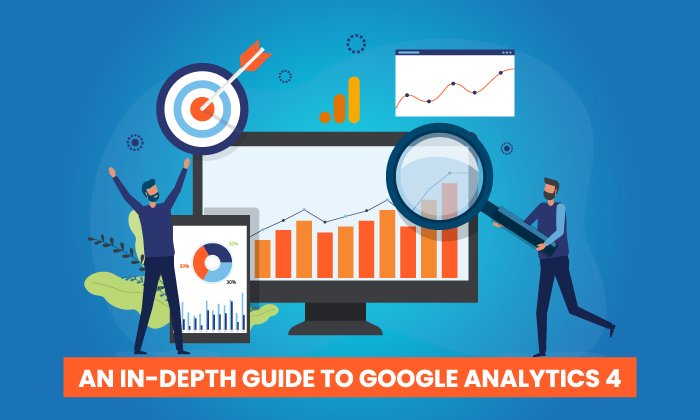In the wake of the Universal Analytics sunset, marketers are suddenly flush with options
By Piwik PRO
Sponsored by Piwik PRO
Google’s cookie isn’t the only tool on the Alphabet giant’s chopping block.
In July, Google is sunsetting Universal Analytics, also known as Google Analytics 3, which it introduced in 2012 to set a standard for collecting and organizing user data. UA includes tracking codes for websites and features that can accurately measure user activity. As of July 1, however, the system will be replaced by Google Analytics 4, and marketers are (once again) preparing for a shift in how they track and act on audience behavior.
While Google will force-migrate UA users to GA4, if marketers wait too long to get started, they risk access to historical web data. As of July, UA will stop collecting information, and its historical databases will ultimately be purged.
No matter their final destination, every company will have to migrate from Universal Analytics (GA3) to GA4 or another analytics solution. Meaning marketers also have choices.
While marketers can’t stay with UA, the toolkit is bigger than GA4 alone
While UA is currently the most popular tool, the market is broad, and other options are available. So, while GA4 might be the most popular choice, it’s not the only one.
“The good thing is there is a whole market of marketing analytics and product analytics solutions,” said Piotr Korzeniowski, Chief Operating Officer at Piwik PRO. “So, you can go with a straightforward analytics tool that will tell you the highest-performing channels on your websites — they’re a fine choice. Another option is product analysis tools. So, if your digital product is central to your marketing, maybe use one platform for both product and marketing analytics. And then, there are advanced digital analytics platforms that are like UA or GA4.”
Privacy and compliance features are essential — and if they’re included out of the box, that makes things even easier. From there, it’s about comparing scalability, speed and ease of use.
“Ask yourself how easy it is to understand the data flow, especially if you’re hiring a consulting firm,” Korzeniowski said. ”You need to be able to easily transfer knowledge from them to your team. It also comes down to how easy it is to understand the tool and the underlying machinery.”
And to further ensure the proper setup is established, teams must consider third-party integrations and whether the platform can handle the desired software.
“If you’re addicted to Google Ads, then GA4 makes perfect sense, but if you work with different ad platforms and GA4 doesn’t integrate them very well, then maybe another analytics vendor may be able to work with all the platforms (including Google’s) or other third-party software that you need,” he continued.
Picking the right UA replacement starts with a strategy and process audit
As they’re evaluating which UA replacement to implement, a key step marketers must take is to assess — and potentially overhaul — their data strategies and processes.
“Apart from privacy, another important consideration is the data minimization principle,” said Korzeniowski. “You need to collect only the data you need …read more
Source:: Digiday








